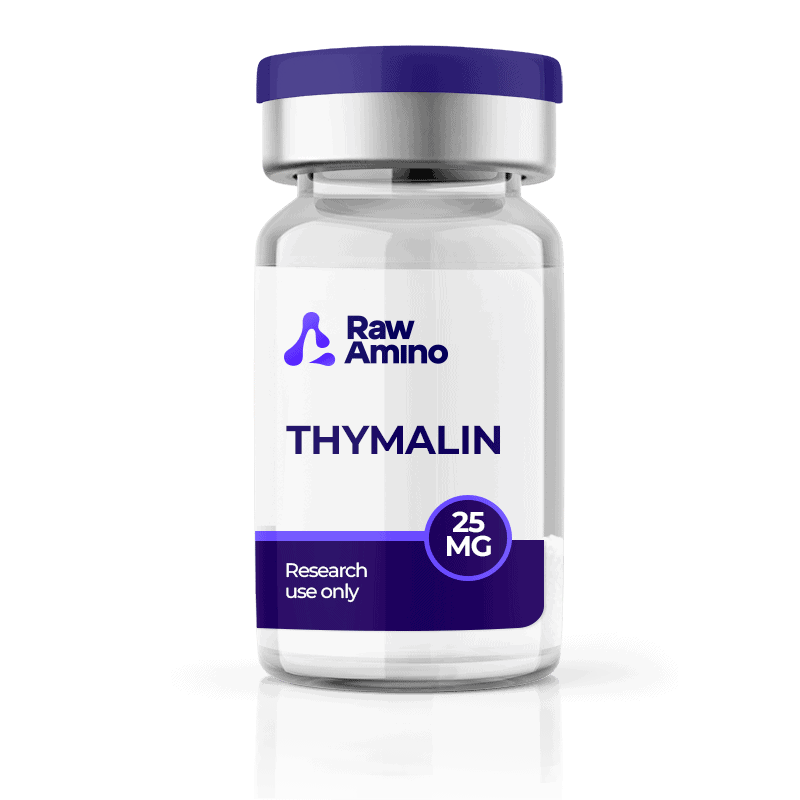
Thymalin – 25MG
$138.00
Discount per Quantity
| Quantity | Discount | Price |
|---|---|---|
| 5 - 8 | 5% | $131.10 |
| 9 + | 10% | $124.20 |
Scientific Overview of Thymalin
Thymalin, sometimes referred to as Thymalin Alpha-1, is a synthetic peptide related to naturally occurring thymic factors first identified in the late 1970s. Alternative names include Nonathymulin, Thymic Factor, Serum Thymic Factor, Thymalin Alpha 1.
Research has explored its potential actions within diverse biological systems, with investigations spanning cellular regulation, immune processes, and aspects of aging. Scientific interest has also focused on possible interactions between thymic and pineal peptides, suggesting roles in pathways linked to cell renewal and systemic balance.
Thymalin Studies and Research Data
Investigations into Cellular Longevity
Early studies suggested that Thymalin may influence systemic functions in murine models, where researchers observed a reduction in markers of cardiovascular, skeletal, and inflammatory challenges. When combined with pineal peptides, models appeared to demonstrate enhanced survival outcomes, leading to hypotheses about synergistic peptide regulation of biological aging.
Thymalin Research on Immune Regulation
Laboratory findings propose that Thymalin may support immune-related parameters such as lymphocyte levels, T-cell differentiation, and NK cell activity. In some models, it appeared to moderate immune suppression associated with chronic conditions and may have influenced immune markers in research related to viral studies and surgical thymectomy.
Explorations in Oncology Contexts
Studies in mice and rats have examined Thymalin in combination with light-based modalities and immune-supportive regimens. These investigations suggested that the peptide may impact antibody production and tumor progression, with some findings pointing to regression trends in experimental cancer models.
Thymalin Investigations into Inflammatory Processes
Thymalin has been studied in relation to skin and joint inflammation models. Research suggests it may modulate immune indices when combined with conventional laboratory compounds. Additional animal studies examined potential actions on oral inflammatory conditions, with preliminary indications of improved immune markers.
Thymalin Research into Pulmonary Models
In experimental tuberculosis research, models receiving Thymalin alongside standard agents appeared to show improved laboratory outcomes compared to controls. This line of inquiry has been extended to compound-resistant cases, with speculation that immune modulation may underlie observed differences.
Kidney Function Studies
Research from Russian laboratories investigated the potential of Thymalin in chronic inflammatory kidney conditions. Findings suggested possible improvements in markers of kidney function and immunity, with researchers noting trends toward reduced progression of renal impairment in models.
Circadian and Seasonal Rhythm Studies
Animal models have been used to explore links between thymic factors and circadian or circannual variation in immune responses. Research suggested Thymalin exposure may not reset circadian rhythms directly but appeared to support antibody production under conditions of seasonal immune suppression.
Atherosclerosis and Lipid Regulation Research
In rabbits, Thymalin was studied for potential influence on lipid levels and arterial changes. Findings suggested possible normalization of immune cell responses to lipoproteins and reduction in plaque formation, leading researchers to consider a role in modulating inflammatory aspects of vascular function.
Metabolism and Systemic Research
Long-term studies explored Thymalin’s relationship to metabolic stability, cardiovascular measures, and immune indicators. Results suggested it may help sustain thymic activity in mature models, with tentative findings of reduced systemic inflammation, modulated cortisol patterns, and more stable metabolic parameters.
Investigations into Aging Processes
Murine studies reported increased average lifespan and reduced incidence of tumor cells in Thymalin-exposed groups. Researchers proposed that peptide-linked modulation of immune regulation and cell differentiation may contribute to delayed markers of biological aging.
Conclusion
Thymalin has been studied across a broad range of laboratory contexts, including immunity, inflammation, vascular biology, metabolism, and aging. Findings suggest potential interactions with thymic and pineal pathways, with research pointing toward possible influences on systemic regulation, cellular differentiation, and lifespan markers. While promising, the available data remains exploratory and warrants further investigation.
References
- Isaeva, M. P., Budazhabon, G. B., & Kuznik, B. I. (1989). Vestnik dermatologii i venerologii, (10), 42–43.
- Wade, S., Bleiberg, F., Mossé, A., Lubetzki, J., Flavigny, H., Chapuis, P., Roche, D., Lemonnier, D., & Dardenne, M. (1985). The American journal of clinical nutrition, 42(2), 275–280.
- Zhukova, G. V., Schikhlyarova, A. I., Barteneva, T. A., Shevchenko, A. N., & Zakharyuta, F. M. (2018). Bulletin of experimental biology and medicine, 165(1), 80–83.
- Khavinson VKh, Morozov VG. Neuro Endocrinol Lett. 2003 Jun-Aug;24(3-4):233-40.
- Zhumadilov, Z.hS.h, & Terekhova, R. P. (1985). Klinicheskaia khirurgiia, (1), 36–38.
- Anisimov VN, Khavinson VK, Morozov VG. Biogerontology. 2000;1(1):55-9.
- Ryzhenkov, V. E., Ogurtsov, R. P., Trubacheva, V. V., Popov, V. G., & Puzyreva, V. P. (1988). Voprosy meditsinskoi khimii, 34(1), 51–56.
- Labunets’ I. F. (2001). Fiziolohichnyi zhurnal, 47(5), 54–62.
- Zhaboiedov, H. D., Bychkova, N. H., Skrypnik, R. L., & Sydorova, M. V. (2001). Likars’ka sprava, (1), 53–56.
- Kuznik, B. I., Khavinson, V. K.h, Morozova, V. G., Budazhabon, G. B., & Budazhabon, N. G. (1985). Stomatologiia, 64(1), 20–22.
- Maslennikov, A. A., Kamenev, V. F., & Kolomiets, V. M. (2007). Problemy tuberkuleza i boleznei legkikh, (9), 30–33.
- Budazhabon, G. V., Kuznik, B. I., Morozov, V. G., Orlova, N. N., & Khavinson, V. K.h (1984). Terapevticheskii arkhiv, 56(10), 62–66.
- Khavinson, V. K.h, & Morozov, V. G. (2003). Neuro endocrinology letters, 24(3-4), 233–240.
Disclaimer:
The products mentioned are intended solely for laboratory research and in-vitro experimentation. They are not approved for human or animal use of any kind. All details provided are for educational purposes only. By purchasing from this site, you agree to comply with our Terms and Conditions.
Only logged in customers may leave a review.

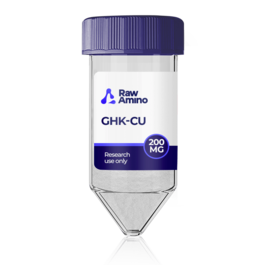
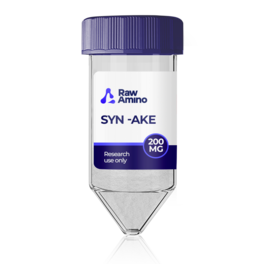
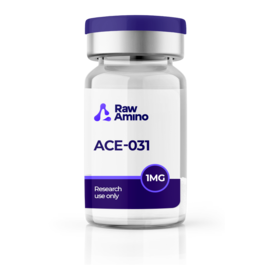
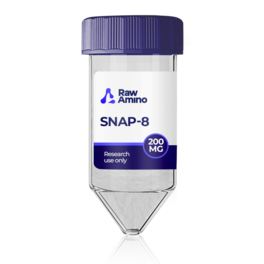
Reviews
There are no reviews yet.